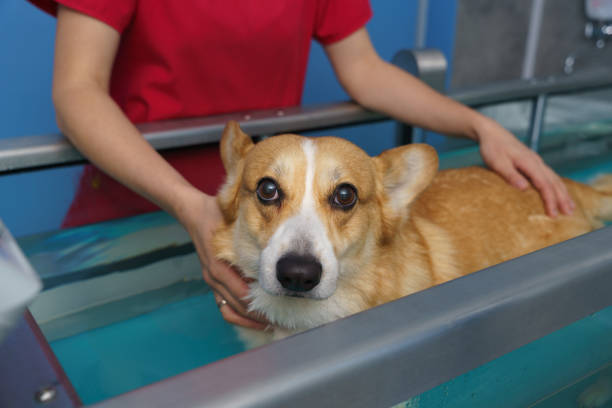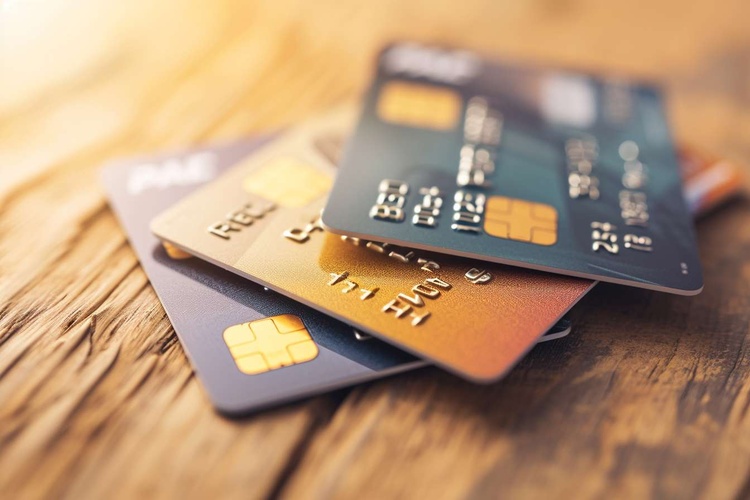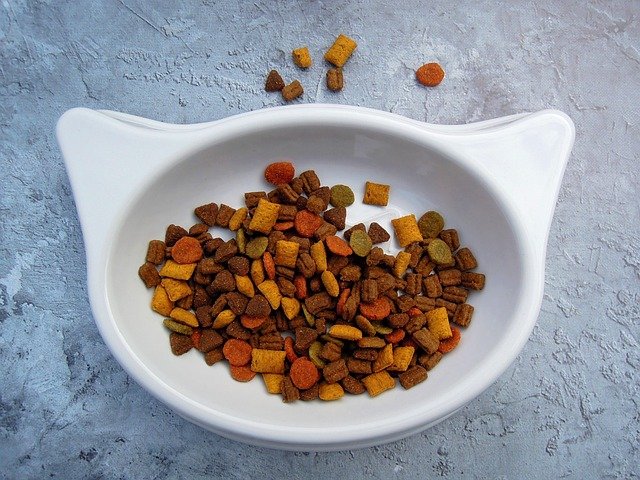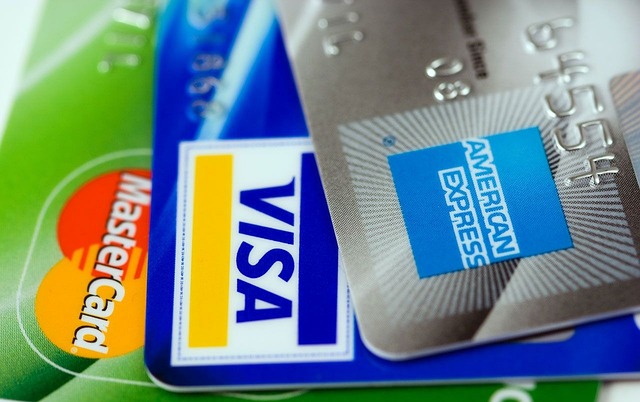Pet toys: how to choose by age and activity
Choosing the right toys for pets supports their development, behaviour and overall wellbeing. This guide explains how to match toys to age and activity level for dogs and cats, covering safety, materials, feeding-related enrichment, grooming and hygiene, sustainable options and useful accessories for everyday care.

Selecting suitable toys for pets is an essential part of responsible ownership. Age, size, activity level and temperament determine which toys will encourage safe play, mental stimulation and physical exercise without posing hygiene or safety risks. The guidance below focuses on dogs and cats, linking play to feeding, grooming and training, while considering material choices and sustainability. This article is for informational purposes only and should not be considered medical advice. Please consult a qualified veterinary professional for personalised guidance and treatment.
Animals: age and activity considerations
Different life stages require different toy types. Puppies and kittens explore by mouthing and need soft, chew-safe items that soothe teething and build coordination. Adolescent animals often need higher-intensity play and puzzle toys to channel energy and discourage destructive behaviours. Adult pets benefit from a balanced rotation of durable chews and mentally engaging puzzles. Senior animals usually prefer low-impact, easy-to-handle toys that maintain mobility and cognitive engagement without stressing joints. Always match toy size and texture to bite strength and supervise use when introducing new items.
Dogs: choosing toys by activity and training
For dogs, breed traits and energy levels guide choices. High-energy dogs respond well to fetch toys, Frisbees, tug ropes and interactive treat-dispensers that combine exercise with mental challenge. Moderate-activity dogs do well with sturdy chews and occasional puzzle toys to maintain interest. Older or lower-energy dogs benefit from scent games, slow-feeders and softer toys that encourage gentle activity. Use toys as rewards in training sessions to reinforce commands; select items that reliably motivate the individual dog. Regular inspection and timely replacement of worn toys keeps play safe and effective.
Cats: toys for instincts and safety
Cats are driven by hunting instincts, so toys that simulate prey—wand teasers, feather toys, small soft prey and puzzle feeders—work well to encourage stalking, pouncing and batting. Kittens need lightweight, safe toys without detachable parts; adult cats can handle motorised teasers and food-dispensing puzzles. Avoid leaving strings, ribbons or small detachable items unsupervised to prevent ingestion or entanglement. Provide a mix of floor-level and elevated play options to support jumping and scratching behaviours, and rotate toys to sustain interest and mental wellbeing.
Feeding and nutrition enrichment with toys
Feeding-related toys combine nutrition and play to slow eating and encourage natural foraging behaviour. Puzzle feeders, slow-feed bowls and treat-dispensing toys help reduce gulping, extend mealtime and provide mental stimulation. These tools are useful for pets prone to rapid eating or those needing portion control; however, adjust portion sizes so play-based feeding does not raise daily caloric intake. Choose food-safe, easy-to-clean devices, and monitor how your pet interacts with the feeder to ensure the puzzle is suitably challenging without causing frustration.
Grooming, hygiene and health of play items
Hygiene is vital: toys can collect saliva, food residue and fur, so pick washable, non-toxic materials such as natural rubber, food-grade plastics, untreated cotton or jute. Machine-washable soft toys and dishwasher-safe chew items simplify cleaning routines. Inspect toys regularly for damaged stitching, exposed stuffing or broken parts that pose choking hazards; replace compromised items promptly. Integrate some toys into grooming sessions where appropriate—certain toys can collect loose fur or be used alongside brushing to reduce shedding and support overall health.
Sustainability, materials and useful accessories
Ecofriendly toy options—recycled fabrics, natural fibres and biodegradable components—reduce environmental impact and often offer durable alternatives to cheap plastics. Look for clear material labelling and safety certifications where possible. Accessories such as storage bins, washable mats and toy organisers make it easier to keep play areas clean and extend product life. Rotating toys preserves novelty, and choosing higher-quality, repairable items reduces waste. If sustainability is a priority, check local services in your area for recycling or repair options for pet products.
Conclusion Choosing pet toys by age and activity level supports physical exercise, mental stimulation and safe play for both dogs and cats. Prioritise appropriate size, durable non-toxic materials and easy-to-clean designs while integrating toys into feeding and training routines. Regular inspection, timely replacement and mindful choices about sustainability and accessories will help maintain wellbeing and enjoyment for your pet.




